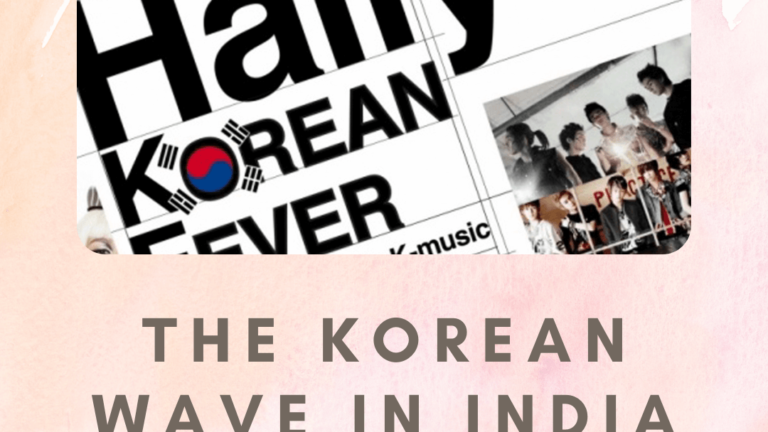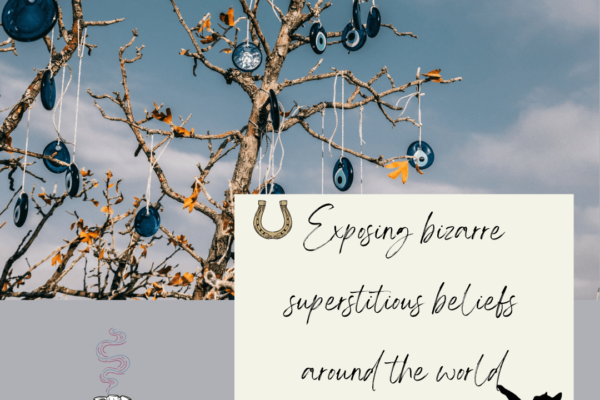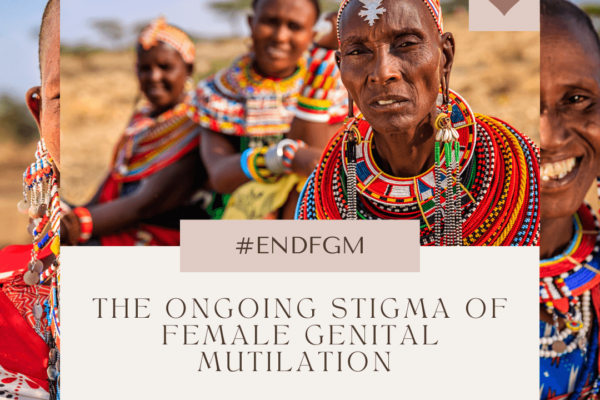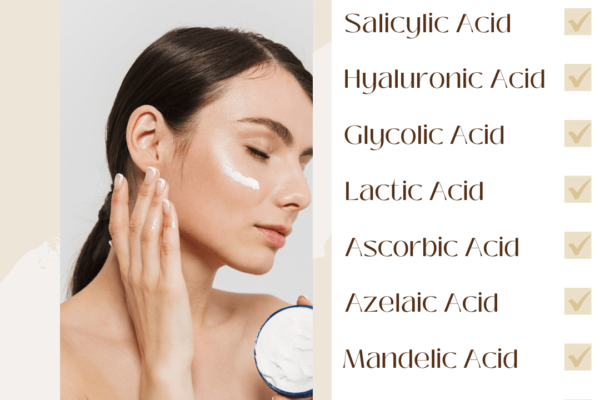The concept of “Hallyu” which is a Korean wave existed since the 1990s but it gained popularity with streaming on the internet with K-pop and K-dramas. Since the Pandemic, there was an impactful demand for Korean culture as people engaged their time watching Korean dramas and listening to K-pop. Platforms like Netflix introduced original Korean shows and movies to a large number of Indian audiences by overcoming the subtitle barrier. Whereas, Spotify introduced K-pop with the most-streamed artist like BTS, Blackpink, Twice, Agust D, and EXO. The Pandemic gave a boon to the International series of K-dramas, massive popularity in India.
Discovery of K-pop & K-Drama’s
In 2012, Indians discovered the first viral K-pop single “Gangnam Style” by PSY. The song became a global phenomenon and particularly India witnessed the popularity of K-pop. Even today, the signature step of the song “Oppa Gangnam style” is widely acknowledged around the world. The craze for K-pop started in the northeast of India’s Manipur and later spread to Nagaland, Assam, and other parts of India. K-pop is known for breath-taking choreographies, self-written songs, self-composed tunes, outstanding videography, and amazing visuals. The rise of BTS as “The Biggest boy band in the world” appeared at the Billboard Music Awards award in 2017, and received the Top Social Artist Award. With the Pandemic hit in 2020, people in India have begun to recognize various other K-pop groups like BTS, iKon, Seventeen, Got7, Twice, and Blackpink.
From Boys over Flower to True Beauty, it’s been more than a decade that India has been watching these beautiful K-dramas since then. The Pandemic era gave rise to many viewers on the popularity of K-drama series like Start-up, It’s okay not to be okay, Itaewon class, Crash Landing on you, The Penthouse, Vincenzo, and many more. Oscar-winning movie Parasite became the first non-English movie to take the top position and Netflix’s original series Squid Game became the biggest show trending in Netflix’s history. India has seen remarkable Hallyu, as Indians watching Korean dramas have increased by 370 percent, according to a recent Netflix study done in India. Whereas, according to Spotify’s 2020 data, BTS is India’s fourth most-streamed boy band.
The popularity of “Hangul”- A Korean Language
Globally, English remains on top among the other language learning apps and institutes. Yet, with the rise and popularity of K-pop and K-dramas, many Indian particularly gen-z is seeking the Korean language. The interest in learning the Korean Language among Indians is not surprising, as Indians are having a huge cultural impact on Korean entertainment industries. Duolingo is a language learning app, it published a report in December 2020 stating that, Korean is currently the second fastest-growing language in the world.
According to reports, the popularity of the Korean language is due to India’s growing affection for Korean Entertainment Industry. Indians between the ages group 17 to 25 are taking an online class to learn Korean. The young generation of India are having a deep interest in Korean culture, staying connected with the K-pop / K-drama community, and pursuing career opportunities for professional and personal growth. The corporate and entrepreneurial sectors of South Korea are increasing globally therefore giving rise to the popularity of learning the Korean Language.
Domination of Korean Skincare products in India
The demand for facial sheet masks and Snail serums was highly popularised by the K-drama shows. The Korean beauty standard focused more on hydration, nourishment, minimizing skin problems, youthful glow, and Korean glass skin. Globally, South Korea is among the top 10 cosmetic and beauty market. K-beauty has an extensive range of products like facial sheet masks, Snail mucin serums, essence, moisturizing cream, sunscreen, and many more. K-beauty focuses more on natural ingredients in their skincare range, attracting Indian consumers. Natural ingredients like rice water, volcanic clay, chia seeds, bamboo, avocado, calendula, and aloe vera are formulated with hyaluronic acid, retinol, BHAs, AHAs, and niacinamide. Social media influencers have played a vital role in promoting K-beauty, showcasing how to achieve flawless skin by following 10-step Korean skincare. With unique natural ingredients, innovative techniques, keeping alive traditional methods, and assorted formulations, Korean beauty has splurged the Indian market. Koreans focus more on Skincare than makeup and therefore K-products greatly emphasize on healthy diet and lifestyle. The first K-beauty brand was Amore Pacific Group’s Innisfree, which first came to India in 2013. Followed by The Face Shop, Dear Klairs, Etude House, Laneige, Tony Moly, and Heimish have captivated the Indian beauty market. These brands have offline channels and most of these Korean brands make their whopping sales through e-commerce websites like Nykaa, Purplle, Maccaron, Limese, and many more.
Korean Flavours are Trending in India
Apart from K-POP, K-drama, and K-beauty, Korea is in the spotlight for Korean Food. From spicy kimchi to Korean barbeque, Korea has a lot more to offer drool-worthy delicacies. The Korean culture showcased in k-drama and movies has driven the love for Korean Foods. The Korean culture gained huge acceptance in India post-pandemic, therefore allowing the opportunity for a Korean food manufacturer, Snacks Supplier, Ingredient, and Condiments supplier in India. A lot of Indian consumers enquire about Korean dishes such as Korean fried chicken, Korean style Ramen, Kimchi, kimbap, kimchi-jjigae, and tteok-bokki on food delivery platforms. Traditional Korean food consists of five main colors- green, red, yellow, white, and black. Each of them signifies a direction, a natural element, and a health benefit. The increase in the number of streaming K-dramas influenced the demand for instant noodle brands like Samyang Buldak, Nongshim Shin Ramyun, Neoguri Spicy Seafood, Jin Ramen, Samyang, and Nongshim Budae Jjigae. Therefore, several online shops are selling Korean noodles, spices, pastes, and Korean snacks. Korean recipes are easily available on the internet and ingredients such as sesame oil, chili, pepper, soy, and spices are common among Indian households. Therefore, Indians love to experiment with different flavors with rice, noodles, vegetables, and meat. Many restaurants in India have collaborated with Korean cuisine in cities like Mumbai, Pune, Delhi, Chennai, and Bangalore. According to these restaurant owners, most of their customers are youngsters and college students, who love binging Korean food.
To conclude, the Korean wave is in demand for its pop culture, tv shows, Oscar-winning movie, and K-pop. It continues to attract an audience across the globe and India is one of the leading countries for the rise of Korean culture because of mutual similarities between South Korea and India.





